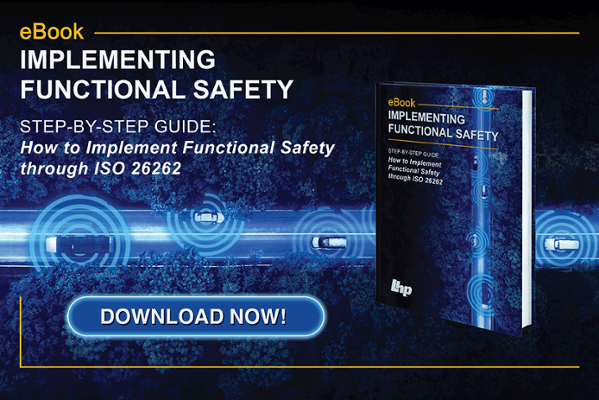ISO 26262 Facts and Tips Presented by Industry Experts - (What is Functional Safety in the Automotive Industry)
Automotive Functional Safety- ISO 26262 A Streamlined Approach to Meeting Today's Functional Safety Requirements Just as in Aerospace, the...



 Steve Neemeh
Steve Neemeh








